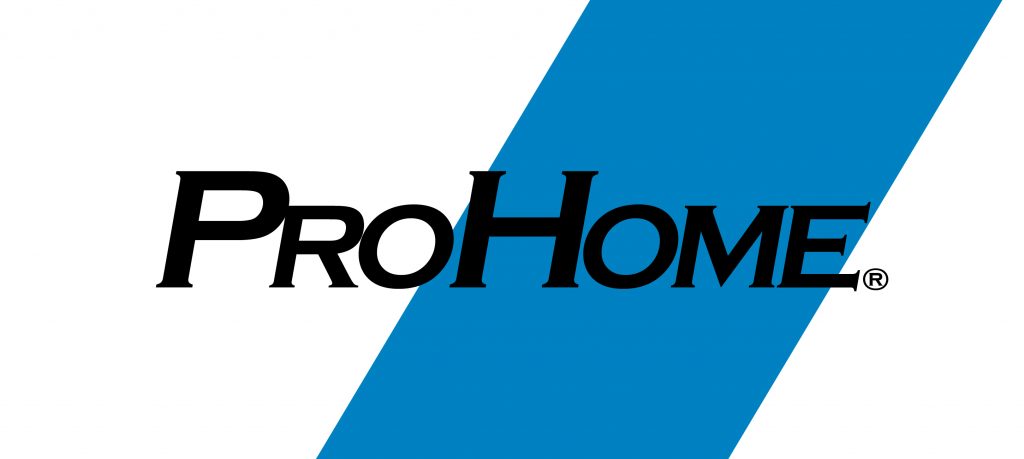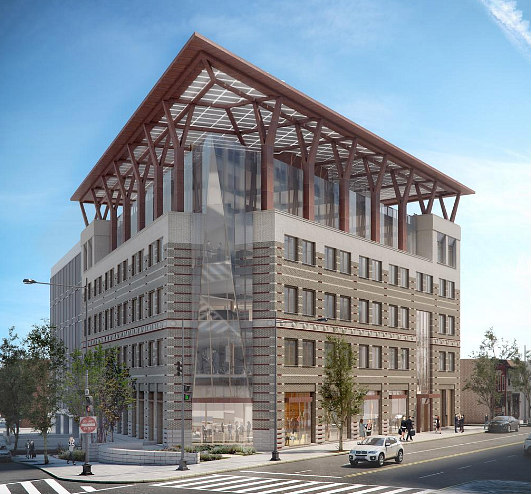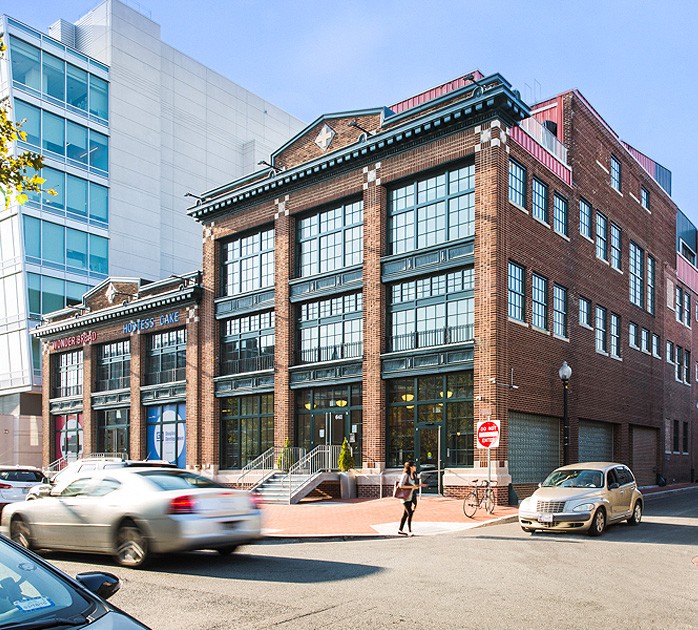DC Multi-Family Market – A Bright Spot During Uncertain Times

Anticipation and expectation are powerful emotions that drive our behavior. When events are delayed, anticipation is impacted. The imagination runs wild, both good and bad. However, there’s only so long we can be on high alert. Economists and others have been predicting a recession for the last couple of years, yet the economy, while underperforming, has not entered a recession. However, even in these challenging times, there are economic bright spots.
In a November 2021 article, Forbes predicted a recession was coming and thought early 2023 was the likeliest time that it would occur. Forbes was one of many making such predictions.
What Forbes and other prognosticators could not know when making their predictions in 2021 was that a war would break out in Ukraine. Despite the global economic uncertainties that this war created, the United States Gross Domestic Product (GDP) increased by 2.1 percent in 2022.
However, GDP for the first quarter of this year came in at 1.1 percent, well below The Conference Board projection of 2 percent. For the year, they predict the GDP will grow at just 0.7 percent given the current inflationary environment, Federal Reserve hawkishness and the repercussions from the recent banking crisis. They anticipate that this environment will lead to a recession. Their expectations for 2024 are for GDP to fall to 0.4 percent.
Don’t like their prediction? No problem – economists are as divided as ever when it comes to predicting this projected recession. Overall, they tell us the picture is not bright, but how gloomy is it? It depends on whom you ask.
Whether your personal expectations lean towards a coming recession or not, few of us have to ask how the economy is doing currently. Between the bank runs, persistently rising interest rates, or the rampant inflation we have been living with, we all feel the effects of this sputtering economy.
Going into 2023, predictions for the housing market were gloomy. Dodge Data and Analytics forecasted a 6% decline in single-family starts and multifamily housing starts to only grow slightly, at 1%. Those predictions looked prescient in January, yet there was a significant uptick – 13.8% – in permits issued in February.
Lisa Sturtevant, chief economist for Bright MLS, a real estate company headquartered in Bethesda, told U.S. News & World Report, “The uptick in new starts this month reflects rebounding homebuyer demand and improved builder confidence.” Builder confidence was up by two points in March, and one point in April, which marked the 4th monthly increase in a row. Even as builders continue to deal with stubbornly high construction costs and material supply chain disruptions, they continue to report strong pent-up demand as buyers are waiting for interest rates to drop and turning more to the new home market due to a shortage of existing inventory,” said NAHB Chairman Alicia Huey, a custom home builder and developer from Birmingham, Alabama.
A recent article in a local real estate magazine declared, “D.C. Multifamily Remains a Safe Haven for Investment Amid Economic Uncertainty.” The article notes, “Investors have remained bullish is Washington, D.C.’s multifamily market as it continues to thrive, despite turmoil in the larger U.S. economy.”
They note that housing construction in 2022 in the area was higher than in many of the past years. “Developers broke ground on new multifamily product in excess of 4,000 units for the fourth consecutive quarter, a first for the D.C. market.” According to Michael Murray, the article’s author, “Multifamily sales volume has not quite matched the bull market of 2021; however, sales in 2022 still outpace most years in the metro’s history. Whether it’s construction on ground-up development of multifamily product, or the purchase of existing multifamily product, the D.C. market has not shown any signs of slowing down.”
Why does the area continue to thrive? It’s attributed to the presence of the federal government (employing over 10% of Metro DC’s residents) and Fortune 500 companies which attract well-educated laborers who are willing to pay for a higher standard of living.
Furthermore, the article declares that DC is a safe haven for investment because “owners have been able to steadily increase rents an average of 4.2 percent, a nearly 1.5 percent increase over the five-year average.” Finally, “absorption is expected to surpass deliveries this year, meaning that demand is actually outpacing supply of new multifamily product in the D.C. area. With absorption outpacing the market average by over 2,000 units over a one-year period, the demand for multifamily rentals remains very strong.”
ProHome has been closely involved in supporting DC’s leading Multifamily developers, including: Carr Properties, Eastbanc, Fortis, Four Points, Hoffman and Associates, JBG Smith, Kettler, LCOR, Lowe Enterprises, Penzance, Perseus TDC, Renaissance Centro, The Carlyle Group, The Meridian Group, UIP Companies, etc..
ProHome was founded by builders for builders 40 years ago in Wichita KS. Since starting operations in the DC Metro Area in 2002, we have provided multi-family developer acceptance/single-family quality inspections and third-party warranty management solutions involving over 25,000 units/homes. Our services deliver financial efficiency and seamless operational scalability during all economic cycles for our developer and builder clients.



